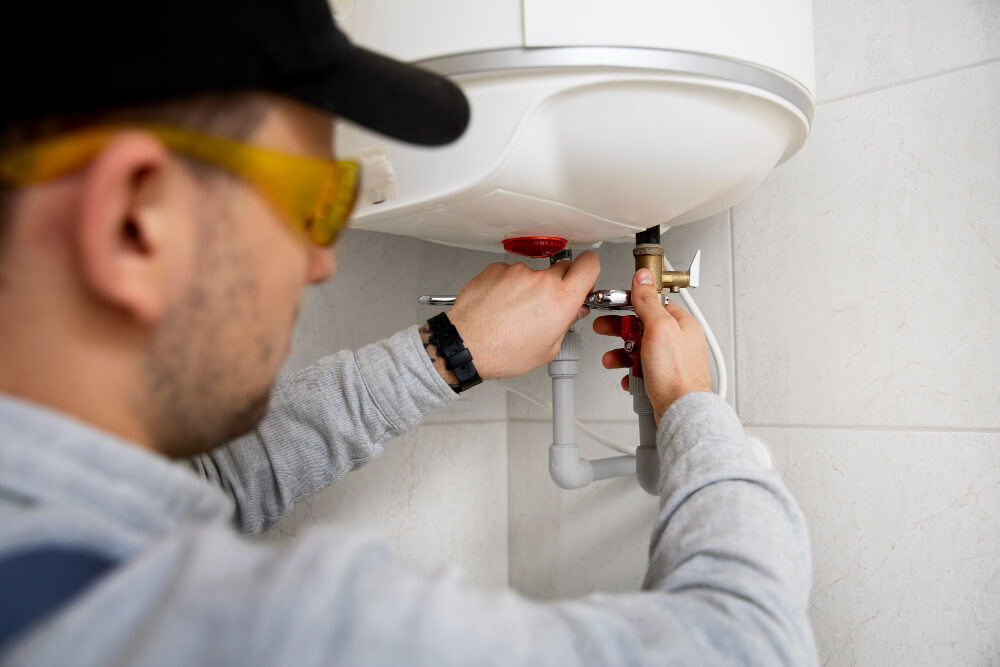Emergency Backflow Prevention: What to Do in a Crisis
A backflow emergency can pose serious health risks, especially when contaminated water reverses into your clean water supply. Whether caused by a sudden drop in water pressure, a burst pipe, or equipment failure, knowing how to respond in a crisis is essential for protecting your water and property. This guide will walk you through the key steps for emergency backflow prevention and what to do if a crisis occurs.
1. Recognizing the Signs of a Backflow Emergency
Backflow emergencies can often go unnoticed until it’s too late. It’s important to recognize the warning signs of backflow to take swift action. Common indicators include:
- Discolored or cloudy water: If you notice that your water looks dirty or has a strange color, it could mean that contaminated water has entered your supply.
- Foul smells or tastes: Contaminated water may have an unusual odor or taste, indicating the presence of chemicals, sewage, or other pollutants.
- Low water pressure: A sudden drop in water pressure, especially after a water main break or nearby construction, could suggest that backflow is occurring.
- Visible debris or sediment in the water: If your water has visible particles or sediment, it’s a clear sign of contamination.
2. Immediate Actions to Take in a Backflow Crisis
When a backflow emergency happens, quick action is key to limiting contamination and preventing further damage. Follow these steps if you suspect or confirm a backflow incident:
a. Shut Off the Water Supply
The first step in a backflow emergency is to immediately turn off the main water supply. This stops the reverse flow of contaminated water into your plumbing system. Ensure that everyone in your home or building knows the location of the main shut-off valve.
b. Contact a Certified Backflow Specialist
Reach out to a licensed backflow prevention expert as soon as possible. They have the tools and knowledge needed to assess the situation and recommend a solution. Do not attempt to fix the issue yourself, as backflow prevention systems require specialized expertise.
c. Avoid Using Contaminated Water
Until the backflow issue is resolved, avoid using any water from your taps. This includes drinking, cooking, bathing, and washing. Contaminated water can carry harmful bacteria and chemicals, so it’s important to take this precaution seriously.
d. Alert Authorities or Water Providers
In cases where the backflow issue may affect a larger area (such as during a water main break), notify your local water authority or municipality. They may need to take additional measures to protect the public water system.
3. How to Prevent Future Backflow Emergencies
While emergency backflow situations are often unpredictable, there are steps you can take to minimize the risk of future incidents. Proactive backflow prevention is the best defense.
a. Install or Upgrade Backflow Prevention Devices
If your property does not already have a backflow prevention device installed, or if your current device is outdated, now is the time to invest in a reliable solution. Devices such as Reduced Pressure Zone (RPZ) valves, pressure vacuum breakers, and double-check valves are designed to prevent contaminated water from entering your system.
b. Schedule Regular Maintenance and Inspections
Routine inspections by certified professionals ensure that your backflow prevention device is functioning properly. Annual maintenance checks can catch issues early before they escalate into emergencies.
c. Educate Your Family or Staff
Make sure that everyone in your home or building is aware of the backflow prevention measures in place. Teach them how to recognize the signs of a backflow emergency and what to do if one occurs.
d. Monitor Water Pressure Changes
Keep an eye on your water pressure, especially after construction, a nearby fire hydrant use, or any unusual drop in pressure. Significant changes in pressure can lead to backflow, and addressing these issues early can prevent a crisis.
4. After the Crisis: Steps to Ensure Safety
Once the emergency backflow situation is resolved, it’s crucial to take additional steps to ensure your water system is safe to use again.
- Test the Water Quality: After repairs, have your water tested for contaminants. Ensure that any unsafe substances have been completely flushed out of your plumbing.
- Replace or Repair Damaged Devices: If your backflow preventer was damaged during the incident, it may need to be replaced. A certified professional can recommend the best course of action.
- Review and Update Emergency Plans: Use this experience as a learning opportunity to improve your emergency response plan. Ensure that all family members or staff are familiar with the new procedures.
Conclusion
Backflow emergencies can pose serious risks to health and safety, but with the right response and preventative measures, you can minimize the damage and ensure the safety of your water supply. Quick action, professional assistance, and ongoing maintenance are the keys to effective backflow prevention. If you suspect a backflow issue or want to safeguard your property from future crises, contact a certified backflow prevention specialist to assess your system and provide peace of mind.

